Labeling your Sulapac packaging: how to choose the right materials and keep it compostable
One of our customers’ most frequently asked questions is whether they can print text or attach labels onto packaging made with Sulapac material or decorate it. The good news is that you can pretty much use the same methods as you would with conventional plastic packaging.
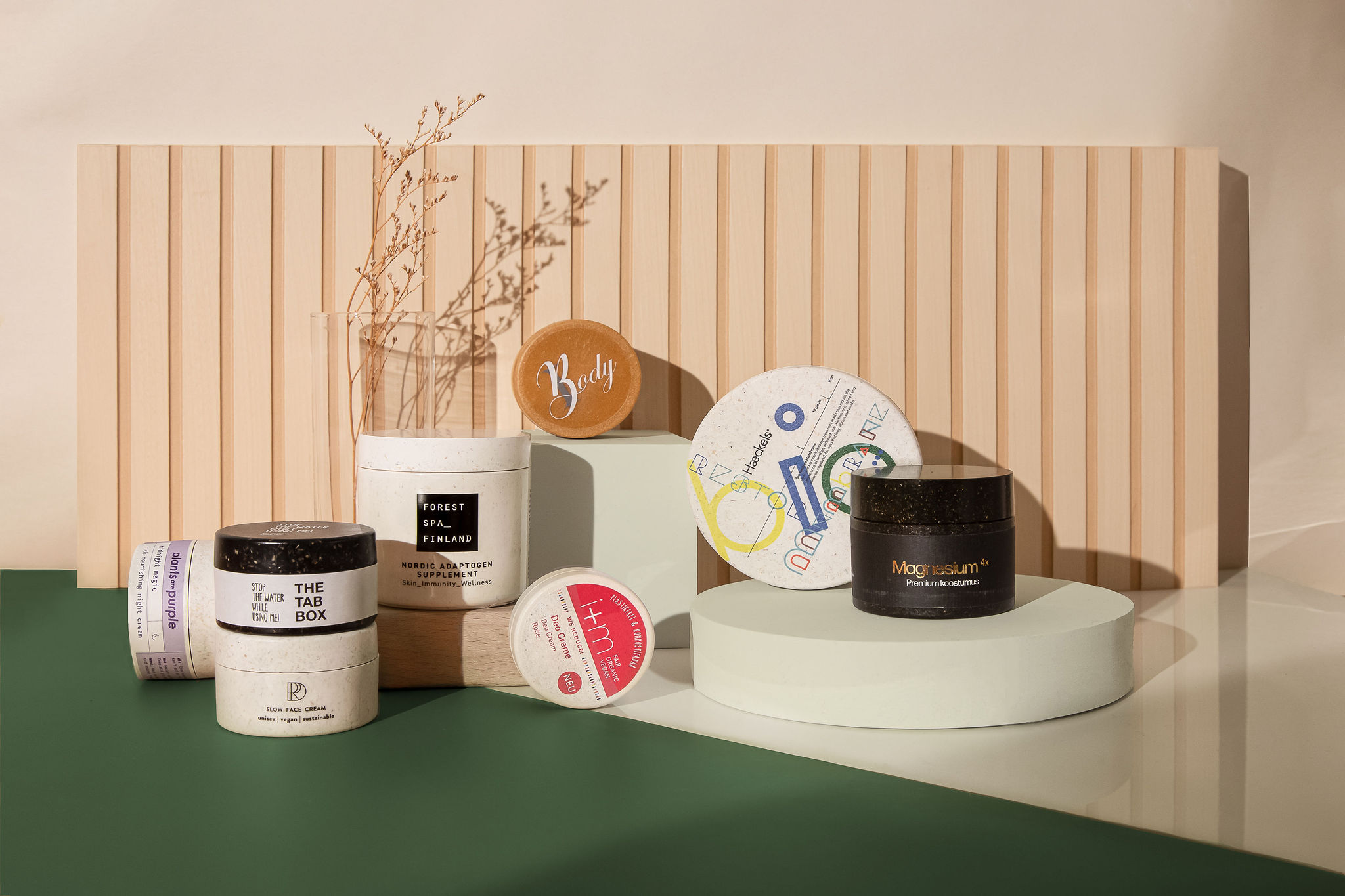
As you switch to Sulapac, you may wonder how to put your company logo and product information on the side of the packaging. Can you glue labels, print onto it, or decorate it some other way? Here’s how to do that and still maintain the eco-friendliness of your product.
Keep things simple with eco-friendly printing
Generally, decorative and informative elements are printed onto cosmetics packaging using pad printing, screen printing, or hot stamping. All of these techniques are also suitable for Sulapac materials.
When you choose Sulapac, you probably want the whole packaging to be as eco-friendly as possible. That’s why we recommend using water-based inks instead of solvent-based ones. Most suppliers have begun to offer water-based inks due to their rising popularity. Water-based inks are more expensive, but printing costs are usually only a fraction of the total cost of the product anyway.
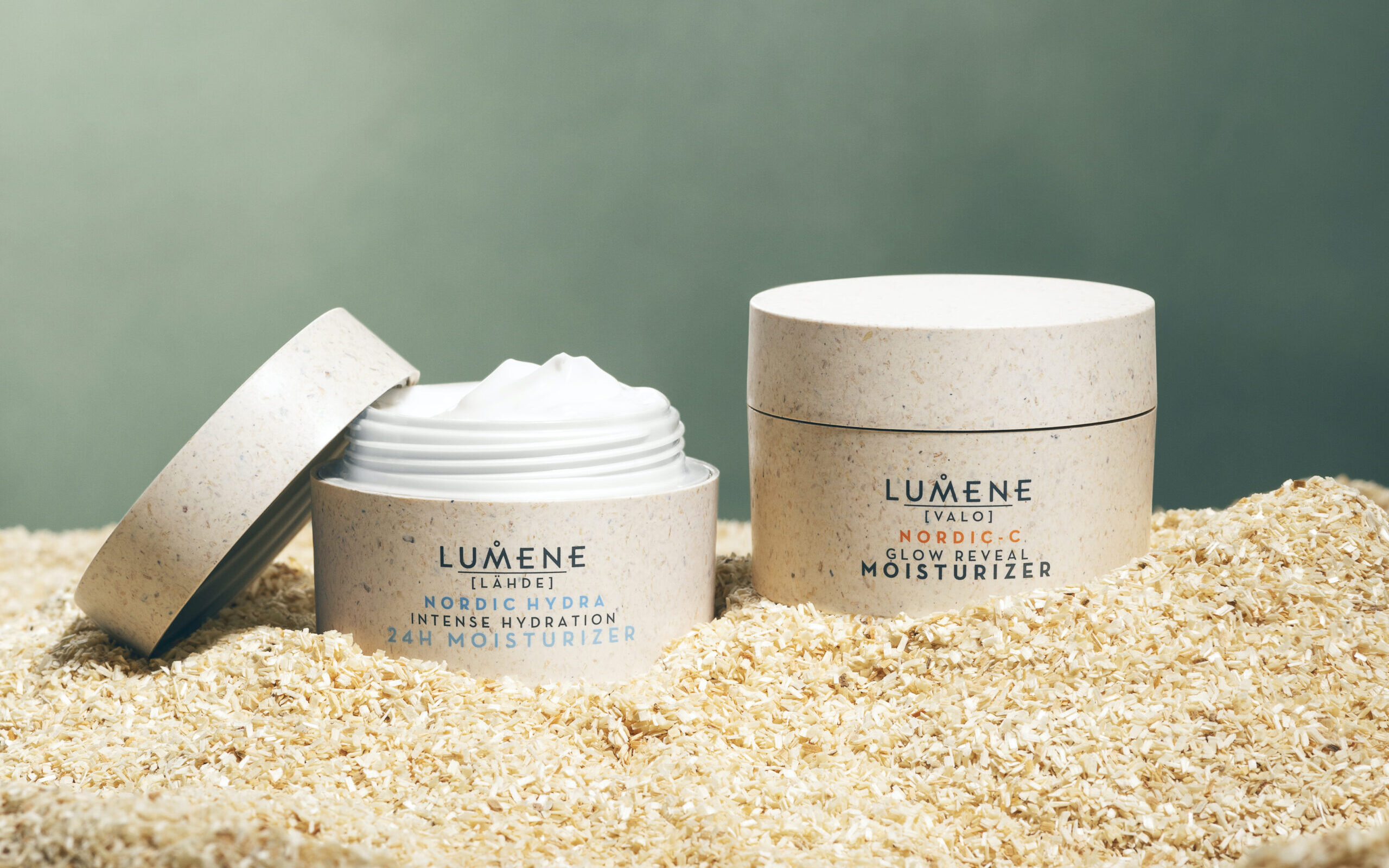
Sulapac materials are industrially compostable. The ink doesn’t usually affect the composting certificate, as the ink is a negligible part of the product’s weight. However, this depends on the country in which you operate. Some inks have their own certification, so make sure to double-check this with your ink supplier to ensure that the final product can be composted. Please note, that if you wish to have a compostability certificate like Seedling or BPI for your packaging, you must always apply for the certificate for your end product specifically. Our experts are happy to support you in the process.
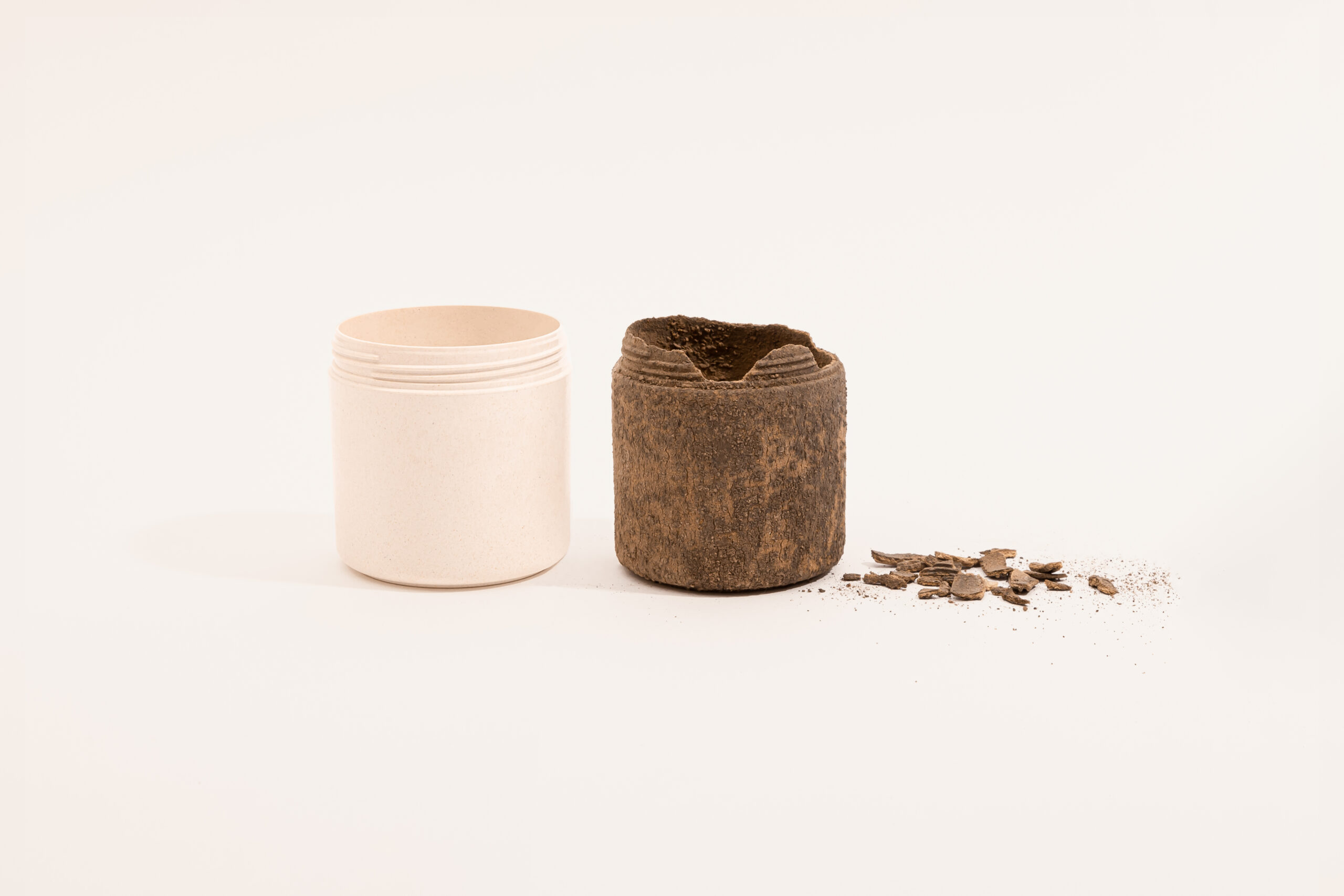
The exquisite characteristics of Sulapac come from a unique combination of raw materials, including biodegradable biopolymers and wood from industrial side streams. The color of wood varies in nature, and this variation is also reflected in packaging containing wood. So, if you have a packaging made of Sulapac Premium, for example; a material grade with large wood chips, the surface is not uniform in tone, which has an effect on the outcome of the printing. The one-of-a-kind look and feel are an integral part of the material and something many of our customers, and the consumers, adore. However, if you are after a more polished look and a smooth, even surface select the Sulapac Solid material instead.
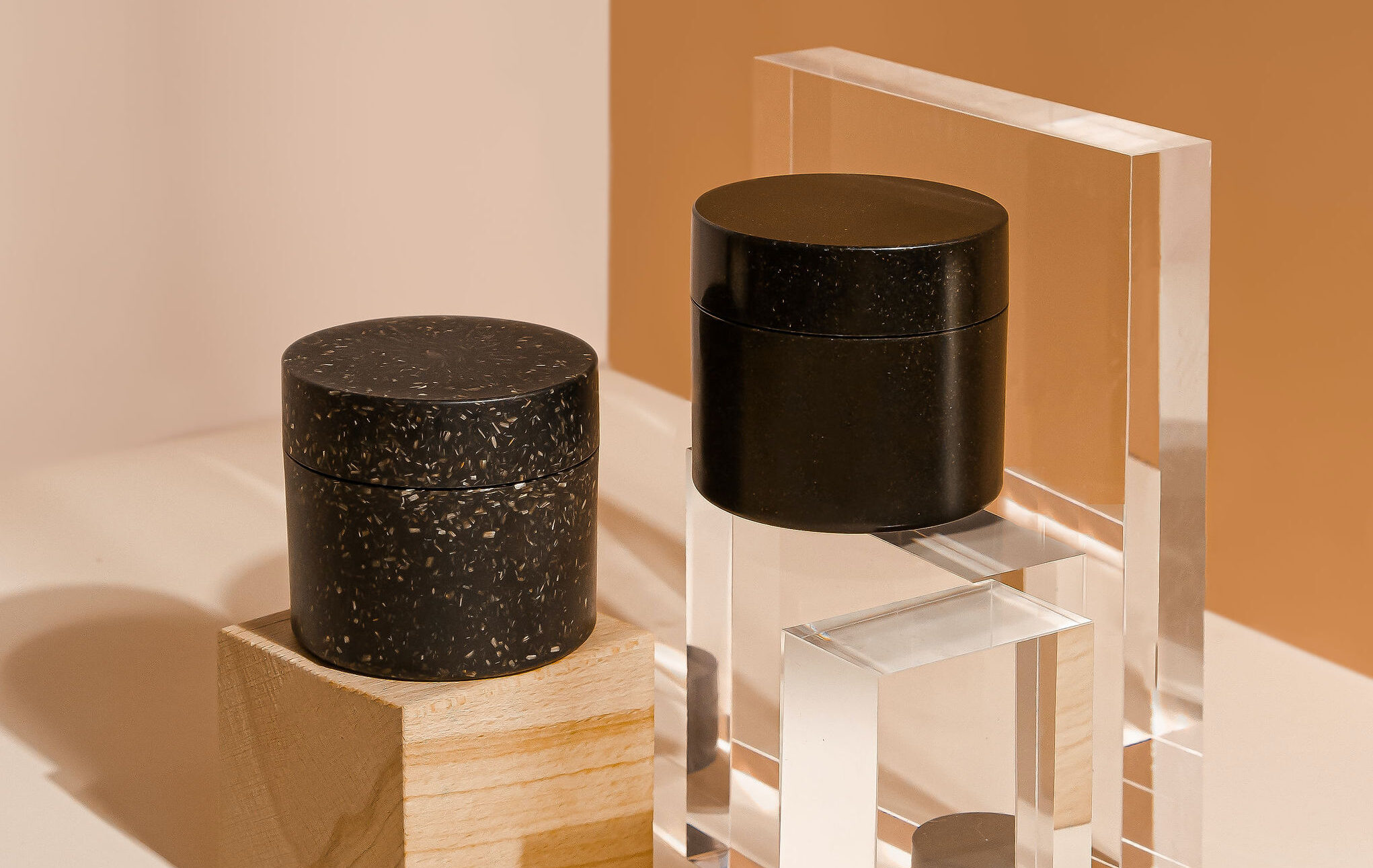
Elegant and enduring designs by engraving
The packaging can also be marked and decorated by engraving, as our customer Fazer did. They used a mold with the logo, resulting in minimalist and elegant packaging with the brand’s well-known logo on the top of the lid. For suppliers, check out our partner Nissha, a technology leader in decorative molding and sustainable materials.
Then there’s also the option of laser engraving, or laser marking. Depending on the speed, size, and intensity of the focal point, the laser either marks the surface of the packaging or engraves the desired design or text. Laser marking allows you to create precise and permanent labels, while also being a safe, cost-efficient, and eco-friendly way to label your product. Kerzon, a lifestyle brand from Paris, is one of our clients utilizing this methodology.
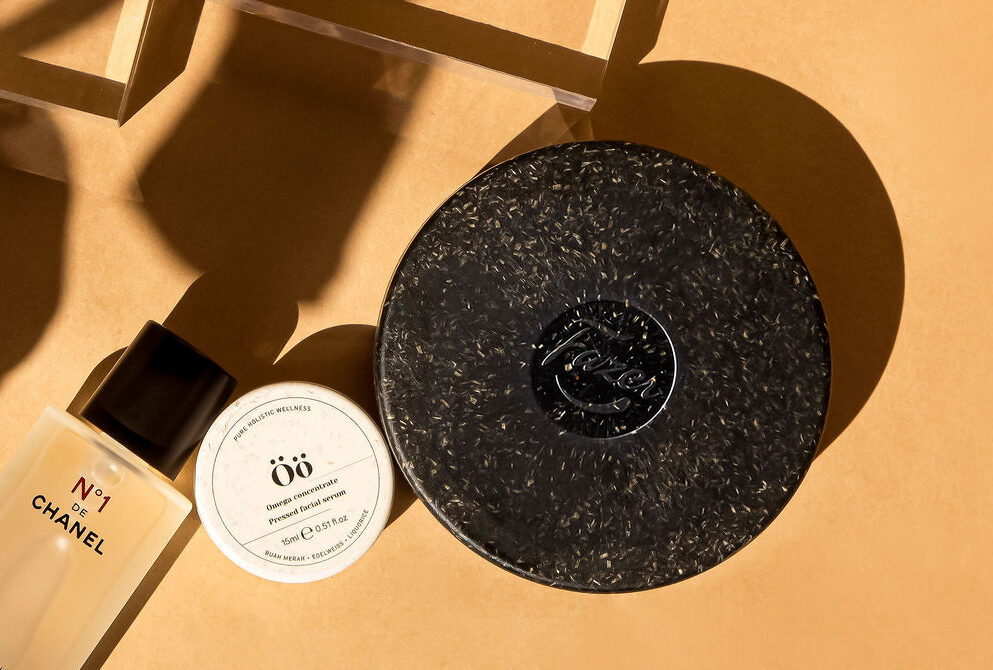
Labels and adhesives – how to ensure the recyclability of your packaging?
For labeling, there are biodegradable options, such as cellulose-based ones. Cellulose-based materials perform well in production, storage, and sales. However, if the end-user stores the jar in a damp bathroom, exposure to moisture can affect the label. Then again, a cosmetic product is not going to be there forever either, so in most cases the moisture is not an issue.
Plastic is a more durable option for labels. If the label is made of plastic, it must be removable so that it can be separated from the jar in case the jar ends up in a composting facility. Whether you use a paper label or a plastic one, recycling instructions for the consumer are needed, if the product is to be as ecological as possible throughout its life cycle, right up to the disposal of the packaging.
What about the attachment of the label, then? Regular adhesives are plastic-based and, therefore, not compostable. Naturally, we recommend using bio-based adhesives to keep things green.
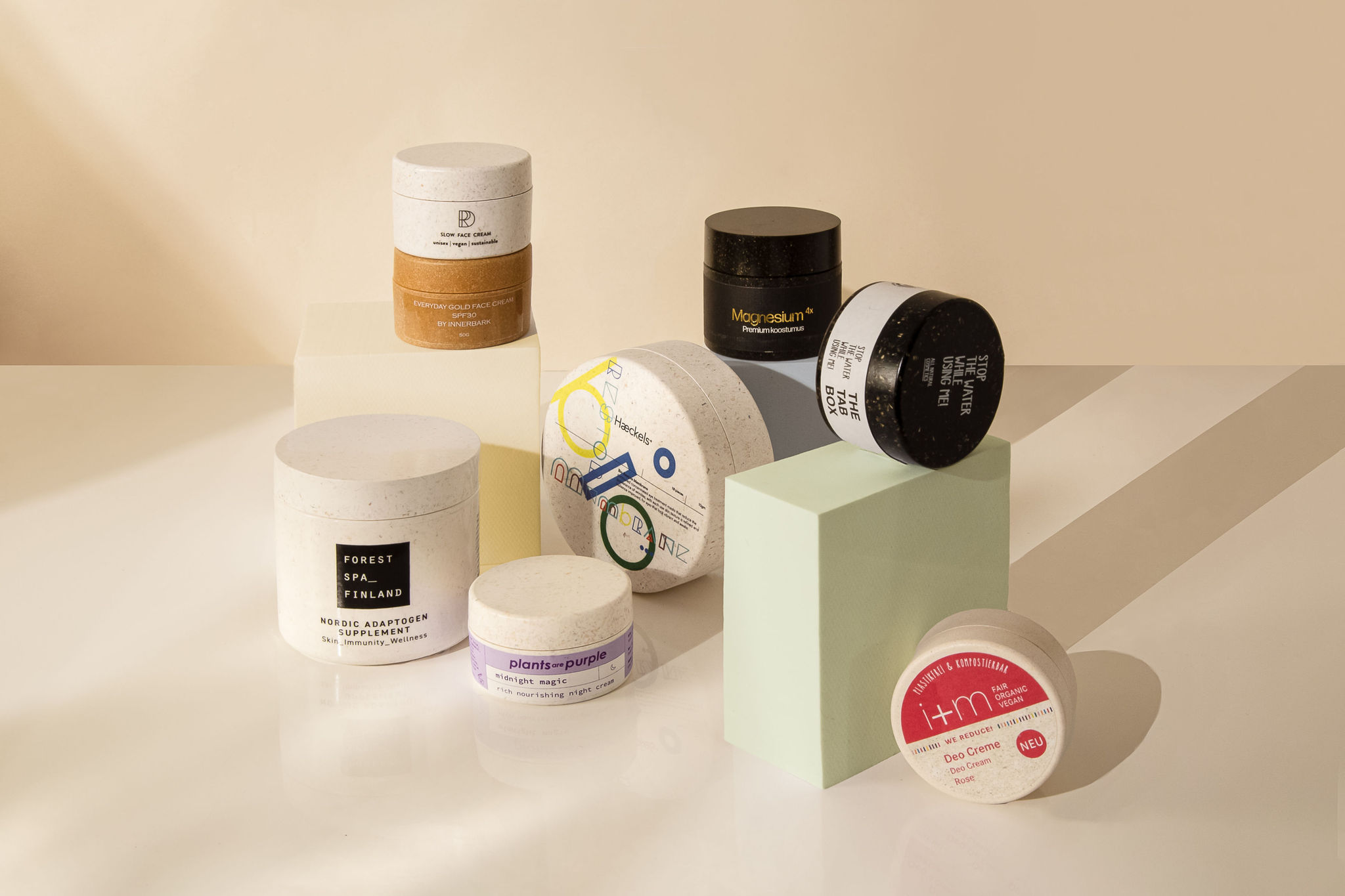
Straightforward labeling process
Plastic packaging often requires pre-treatment, such as the heat tunnel, to ensure that prints and labels adhere to the surface. Natural materials already have a more porous surface than plastic, making it easier for paints and adhesives to stick. With Sulapac, you don’t need pre-treatment.
If you want to keep the packaging design particularly simple, you can make use of QR codes. All the information people need can then be found behind the link. Our customer, above & beyond, a cosmetic brand that offers a “lifetime-use refillable lip balm”, sells their product in cases with a QR code. The code takes the user to the company website to sign up for a refill subscription.
Key takeaways for a truly sustainable packaging solution
- Select a packaging material which is bio-based and recyclable
- Me sure the material is safe for people and the planet: it biodegrades without leaving microplastics or toxic load behind
- Use water-based ink or invest in a mold with logo
- If you go for a label, choose a paper one and attach it with bio-based glue
Switch to Sulapac and join our journey towards a cleaner future! If you have any questions, we’re here for you, and happy to help. Contact us here.
Sulapac Ltd accelerates the plastic waste-free future by replacing conventional plastic with sustainable materials that are beautiful and functional. Like nature. The Helsinki-based company was founded in 2016 by three scientists Dr. Suvi Haimi, Dr. Laura Tirkkonen-Rajasalo and Dr. Antti Pärssinen and was ranked one of Europe’s 100 hottest startups by WIRED UK in 2018, 2019 and 2021. Investors behind the award-winning, patented biomaterial innovation include CHANEL and Sky Ocean Ventures. Join the forerunners at sulapac.com.